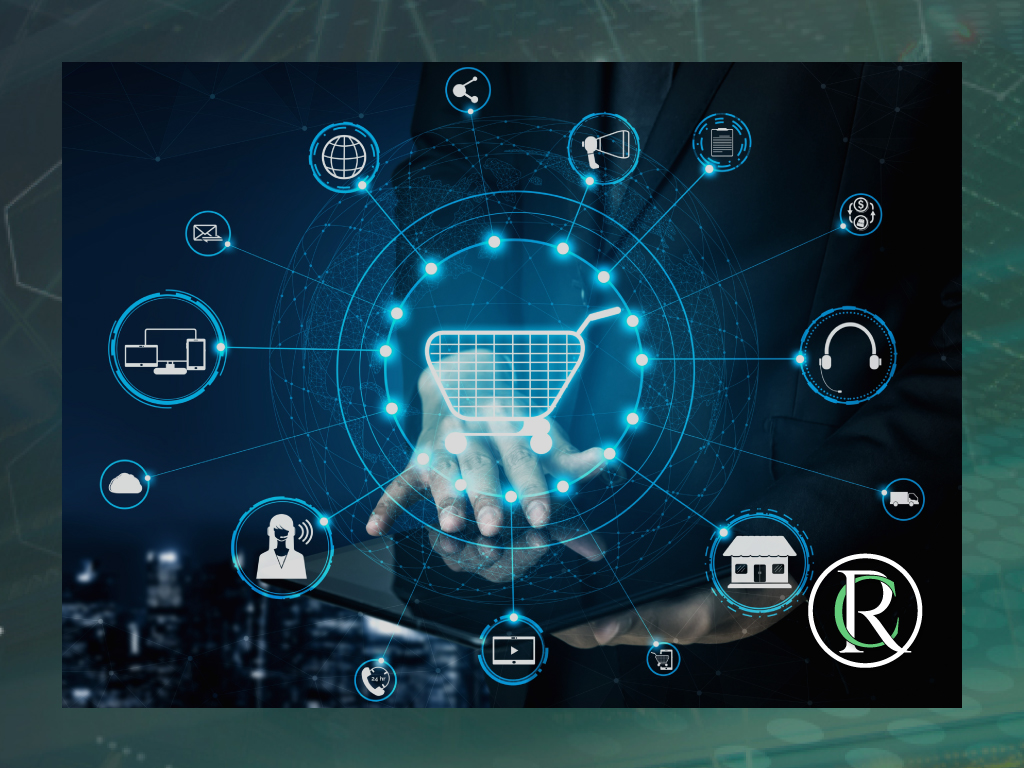The idea of a “new normal” arrived a year ago with COVID-19, leading people to wonder if this would become the new lifestyle. For the retail market, we could never have thought about what the new normal would consist of: complete closures of shopping centers, re-openings with strict health security measures and a decrease in visitors of almost 50% in 2021. However, the change has served as a catalyst for omnichannel commerce in Latin America, and Randall Castillo Ortega, a global trade expert, explains how.
There is an urgent need to boost sales, depending on the country or region. The answers lie in the concept of omnichannel. This is a multichannel approach to sales that focuses on delivering a continuous and consistent customer experience, whether the customer is shopping online from a mobile device, laptop, or physical store.
Omnichannel operations focus on the total customer experience. The continuity aspect of this definition is what distinguishes multichannel (which means having multiple platforms for customer interactions and sales) from omnichannel.
Retailers are always on the lookout for new strategies to reach their customers; however, in the context of omnichannel in Latin America, some very particular factors must be taken into account. A study conducted by the United Nations Economic Commission for Latin America and the Caribbean (ECLAC) highlighted these important data, which show how omnichannel penetration in Latin America faces some challenges that are unique to the region.
The digital divide persists in Latin America and the Caribbean, with significant impacts depending on the region or country. The Internet access rate in Latin America is only 67%, compared to 88.5% in the US and 82.5% in Europe.
“Only 16 of the 33 countries in the region have a law in place that protects personal data,” explains Castillo. “This means that strategies such as BOPIS1 (and BOPAC2) that have become fundamental tools for the omnichannel experience in the time of COVID-19, are more complex to implement and execute in Latin America.”
While Internet accessibility and the vulnerability of consumers’ personal data are legitimate concerns that present barriers to omnichannel penetration in the region, other data point to the enormous opportunity this strategy has to dominate the region. For example, consumer buying trends during the most acute phases of the COVID-19 crisis saw retailers’ online presence grow exponentially between March and May 2020 alone. In Colombia and Mexico, online retail grew by 800%, while in Chile and Brazil, it increased by 360%.
Although retail increases in Latin America did not reach triple-digit figures in other countries, the region as a whole recorded a 35% increase in online sales during 2020, compared to 2019. Regional forecasts predict that the percentage will nearly double by 2025. Therefore, omnichannel growth as a regional strategy is certainly a great opportunity.
Adds Castillo, “Omnichannel strategies often include BOPIS and BOPAC, whose adoption increased throughout Latin America, despite security risks, while retailers looked for ways to connect with consumers, some of them did not have e-commerce platforms before the pandemic and began in a very organic way to sell products informally without structured processes.”
Although retailers were simply trying to respond to an emerging crisis, connecting with consumers using the tools at their immediate disposal, many brands learned some difficult lessons in the process. Fraud, identity theft, poor order tracking, lack of in-store or curbside customer service, and in some cases, government regulations prevented consumers from collecting products they had already purchased, undermining the power of omnichannel.
In the process of switching purchases, retailers learned that the majority of consumers who adapted to these new models were Millennials and those of Generation Z, in comparison, with older consumers who encountered a number of barriers to feeling safe with BOPIS and BOPAC, in addition to Internet access in general, retailers learned that they needed to address concerns about electronic credit or debit transactions, the lack of access to those means of payment for many consumers, and their Internet prowess.
Some customers this age simply didn’t know how to browse online or didn’t have confidence in using the internet to make purchases. Then, there was fear on the part of consumers about the possibility of buying the wrong size or the wrong item and having to go through a long and frustrating return process. In other words, omnichannel can be a tremendous strategy in Latin America, as long as it is implemented correctly.

